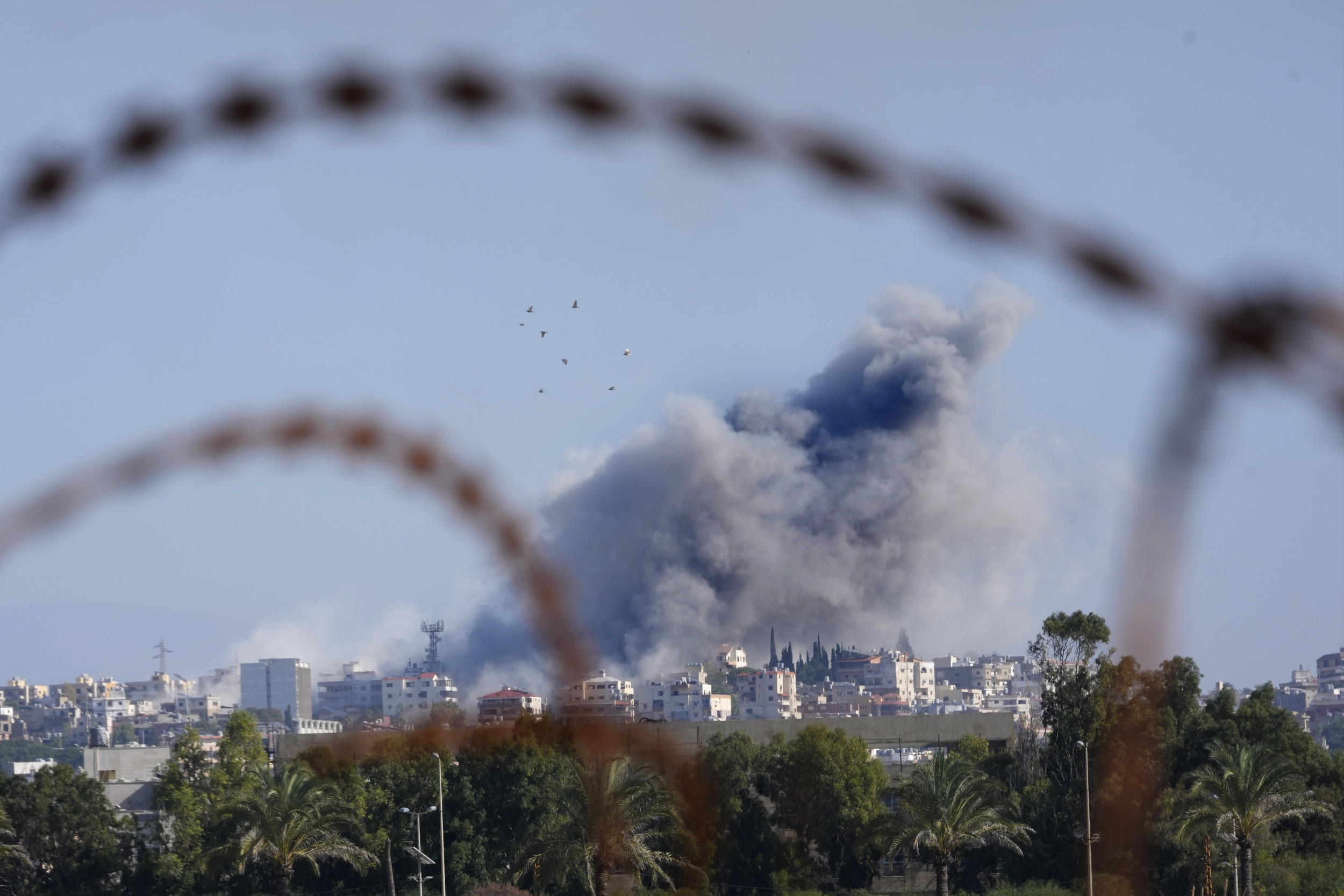Advanced imaging technology that can reveal hidden details not visible to the human eye has revealed never-before-seen text in a highly significant ancient manuscript.
Researchers with Zayed National Museum (ZNM), a planned museum under construction in the United Arab Emirates' Abu Dhabi, unveiled concealed verses below an intricate decorative layer of gold leaf on a page from the Blue Qur'an.
The Blue Qur'an is a rare copy of the Quran—the central religious text of Islam that is believed by Muslims to be the word of God as revealed to the Prophet Muhammad by the angel Gabriel over 23 years.
Likely dating from the ninth to 10th centuries, the Blue Qur'an is one of the world's most renowned productions of the religious text and a notable example of Islamic calligraphy. It is known for its distinctive vivid blue or indigo pages, silver decoration and gold calligraphy. It is written in the Kufic script, one of the oldest and most significant styles of Arabic calligraphy, which is considered difficult to read today.

Experts believe that the original manuscript once comprised around 600 pages, made from sheepskin. Today, only around 100 known pages are known—found in private and museum collections around the world—five of which are set to be displayed at the ZNM once it opens. The exact origins of the manuscript remain uncertain, although North Africa, Iraq and Andalusia in southern Spain have been proposed as possible locations.
"Only one copy of the Blue Qur'an is thought to exist and the 100 or so of its known pages have fascinated scholars for many decades," Nurul Iman Bint Rusli, ZNM curator, said in a press release.
"The advanced technology used to shed new light on this page of the manuscript is helping to provide additional perspectives on the production of this rare copy of the Qur'an," Rusli continued. "It is an honor to be part of this important research on one of the world's most important manuscripts at Zayed National Museum."
For the latest research, the ZNM team examined a page from the Blue Qur'an using multispectral imaging. This technique can reveal text and images that have faded over time and are no longer visible to the human eye.
It appears that the decoration on the page may have been added to rectify an error by the calligrapher, according to the researchers. Because it would have been too expensive to start again on a new indigo-dyed sheepskin sheet, intricate patterns were used to cover the text.
"Zayed National Museum's groundbreaking research on the Blue Qur'an sheds new light on the origins and production of this important manuscript," Mai al-Mansouri, ZNM associate curator, said in the press release.
Do you have a tip on a science story that Newsweek should be covering? Do you have a question about archaeology? Let us know via science@newsweek.com.




















 English (US) ·
English (US) ·